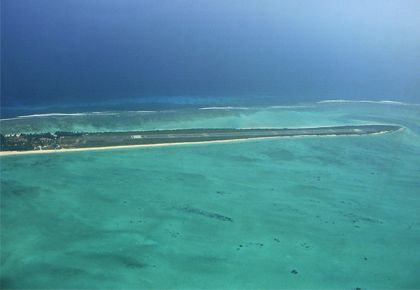 | « Back to article | Print this article |
If things go as planned, the Centre will develop 12 new Lakshadweep islands under its island development programme. But they will limit their access to ‘high-end’ serious adventure and fun tourists -- those who won’t mind spending more than Rs 15,000 for a one-night stay in some of the world’s most exotic and unexplored places.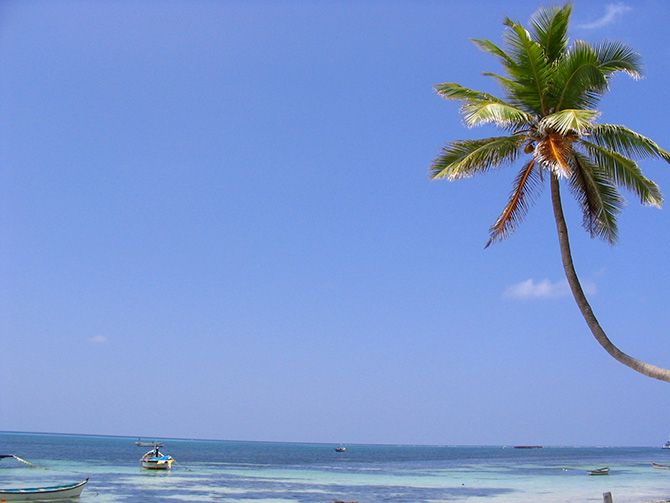
Planning to spend a long weekend with family and friends in one of the newly-opened Lakshadweep islands?
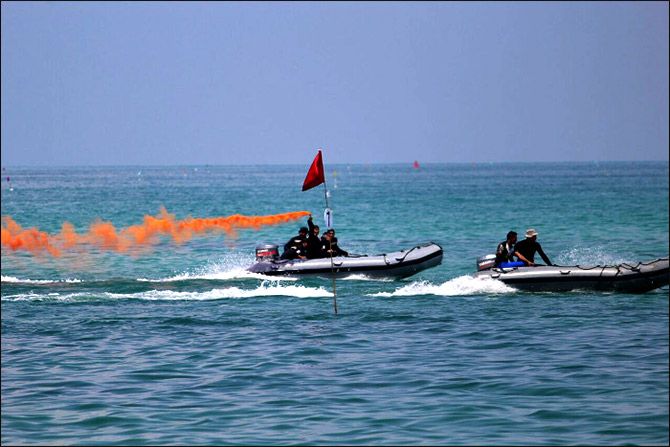
Be prepared to shell out a little more than you thought.
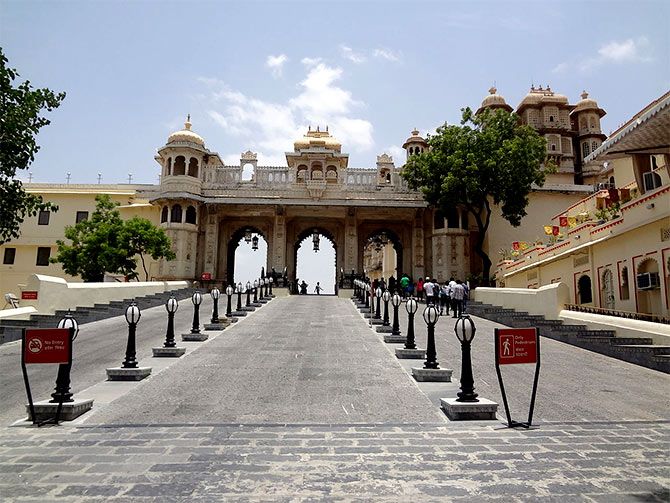
If things go as planned, the Centre will develop 12 new Lakshadweep islands under its island development programme. But they will limit their access to ‘high-end’ serious adventure and fun tourists -- those who won’t mind spending more than Rs 15,000 for a one-night stay in some of the world’s most exotic and unexplored places.
The number of tourists visiting these newly-opened spaces will also be planned and closely monitored to ensure the highly fragile ecology of these coral islands does not get harmed.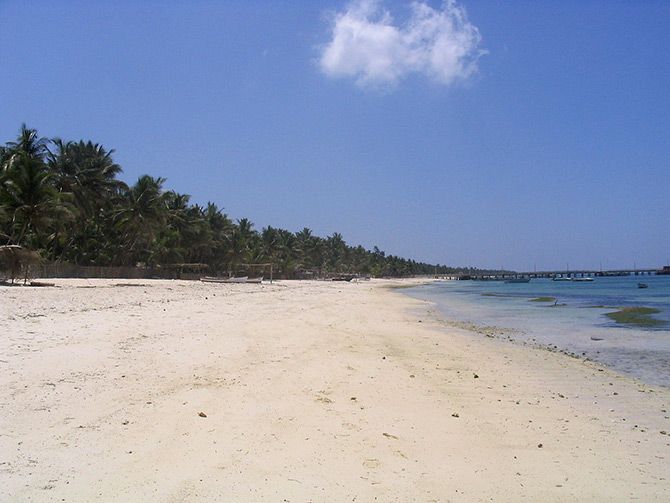
The visits will only be on a prior booking basis, and there will be no rooms available to those without reservations.
According to senior officials, the movement of tourists will also be limited to a specific area in the newly-opened islands -- so that the privacy of locals and tribal people, many of whom have their own personal communities cut off from the outside world -- is maintained.
“We won’t allow this (opening of islands for tourists) to impact the much-cherished and highly fragile ecological and environmental characteristics of the Lakshadweep islands,” says Farooq Khan, administrator of the Lakshadweep islands.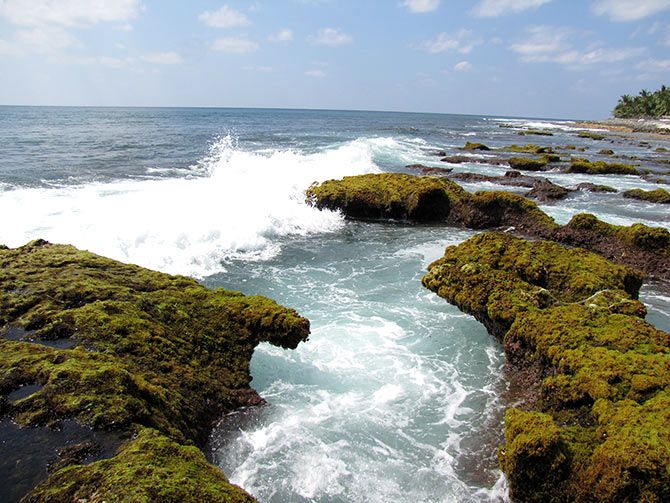
He said the Centre, in the first phase, planned to build around 150 rooms in the inhabited and uninhabited islands of Lakshadweep, in association with private parties. Of these, 84 rooms would be in the inhabited islands of Bangaram and Suheli.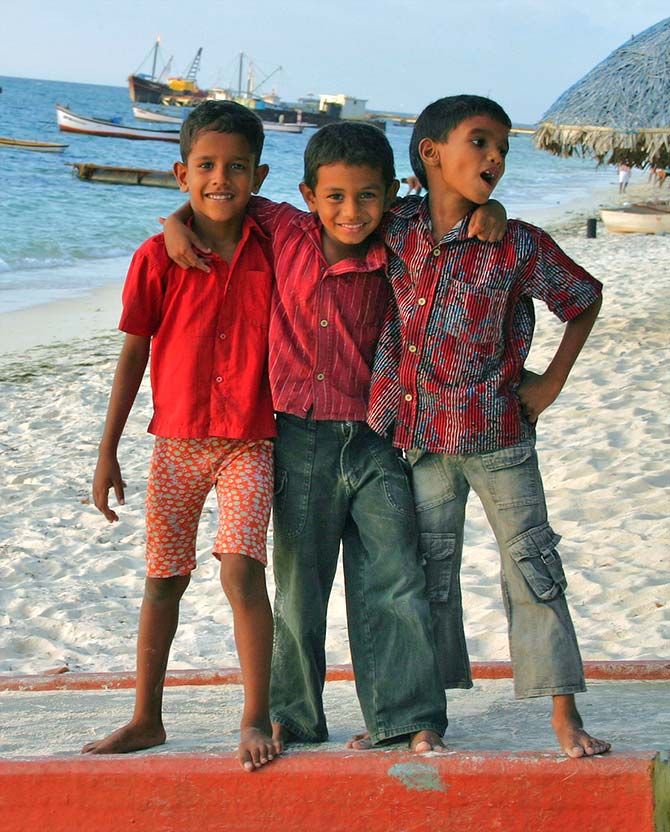
Resort owners who exceed their allocated quota of rooms would be penalised and their licences would be cancelled to ensure that there is no crowding of resorts in the islands.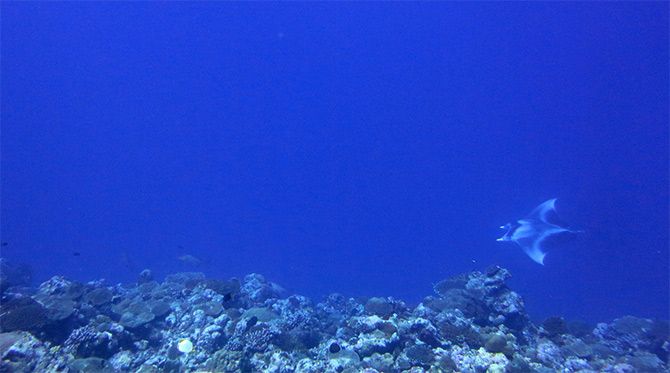
Of the 12 identified islands in Lakshadweep, for which permission has been granted to develop as tourism destinations, the work in the first phase will start on 10 -- Minicoy, Kadmat, Agatti, Chetlat, Bitra, Bangaram, Thinakarra, Cheriyan, Suheli and Kalpeni. Among these, the first five are inhabited and the remaining not.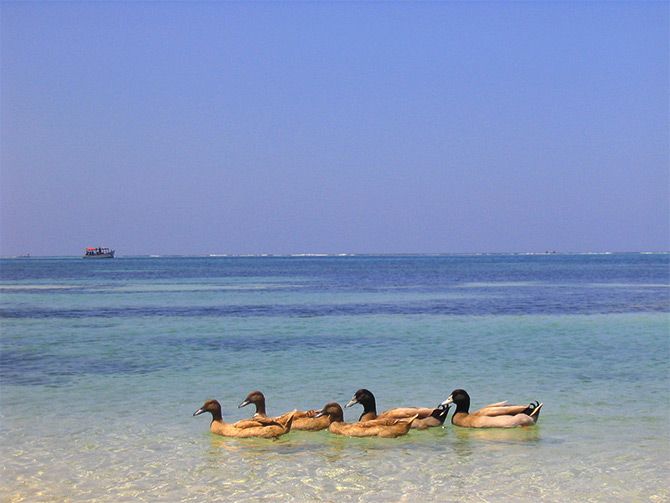
Lakshwadeep is an archipelago of 12 atolls, three reefs and five submerged banks, with a total of about thirty-nine islands and islets. Of these, fewer than half are inhabited.
Development of the new islands in Lakshadweep is part of the Centre’s ambitious programme of holistic development of 26 islands in Lakshadweep and Andaman & Nicobar, for which it formed an Island Development Agency in June last year.

Along with the NITI Aayog, the government plans to develop these islands into tourist attractions on the lines of popular Southeast Asian beach destinations.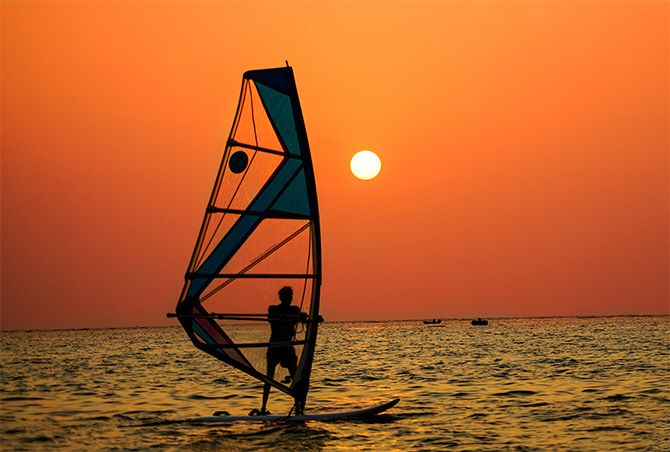
Last month, Prime Minister Narendra Modi chaired a high-level meeting on island development and asked the Aayog and others to expedite the development of all the 26 islands with a special emphasis on energy self-sufficiency.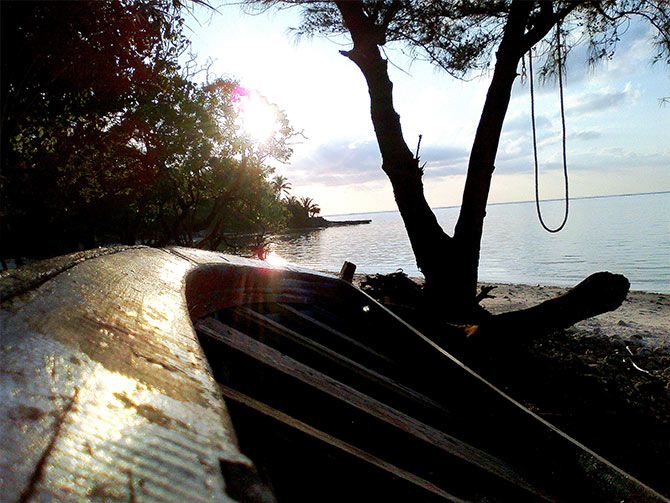
In the case of Lakshadweep, officials said, the government was planning to soon invite potential resort owners, hoteliers and tourism industry players and showcase the tourism potential of these islands.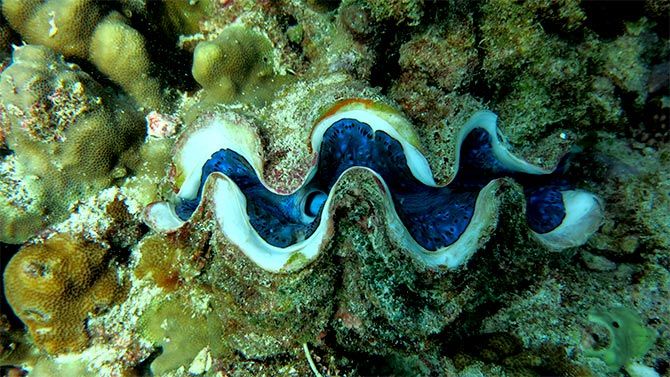
“We want the best players in the world to participate in the bidding process to build the resorts,” says Khan. These should be only those operators who can ensure power from self-generated solar stations, along with a proper waste-disposal plan and RO plants to provide clean drinking water to residents.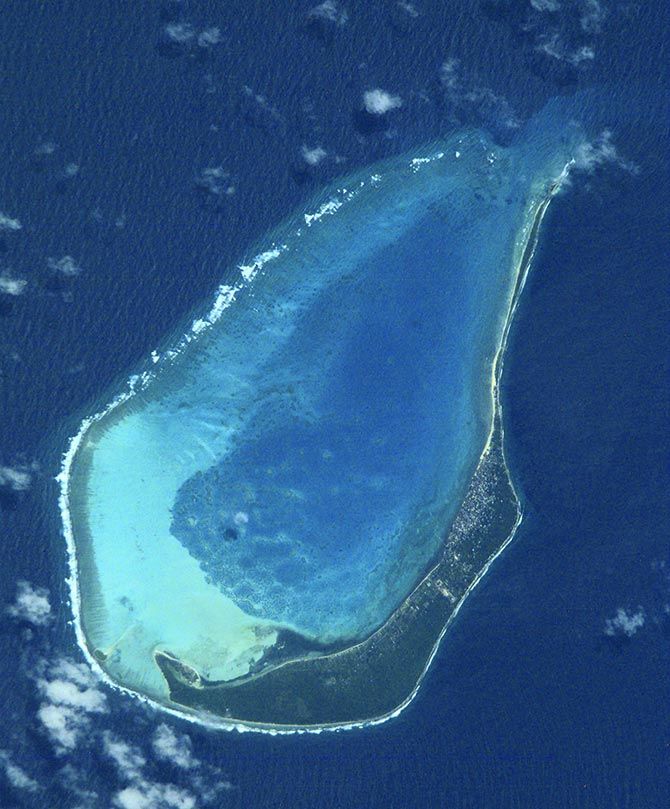
In addition to the development of tourist resorts, the government was also identifying lagoons alongside the new island, where sea planes could be operated, so that tourists could be transported, he says.
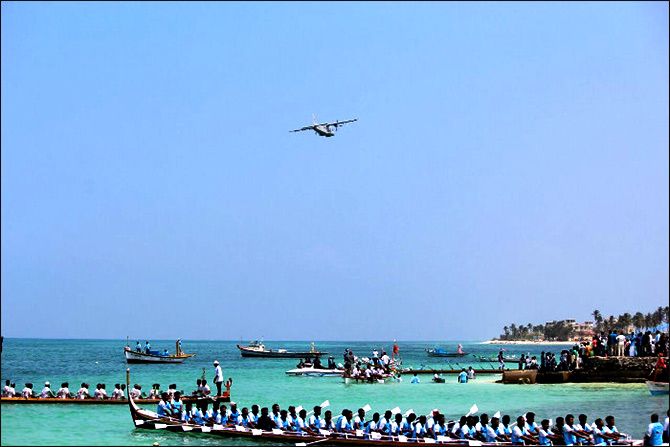
Also, a new airport was being built along with the Indian Air Force in Minicoy to provide an alternative landing facility for the tourists, adds Khan.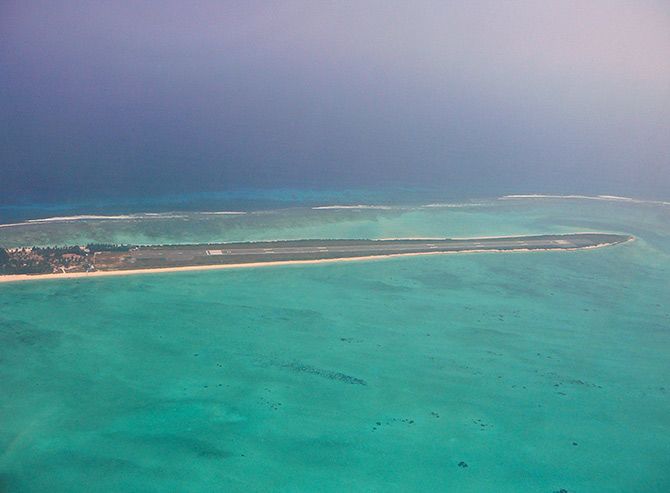
“We are highly cautious while throwing open these islands for tourists and would not want to repeat the mistakes that such initiatives in the Maldives and other places faced,” explains Khan.
